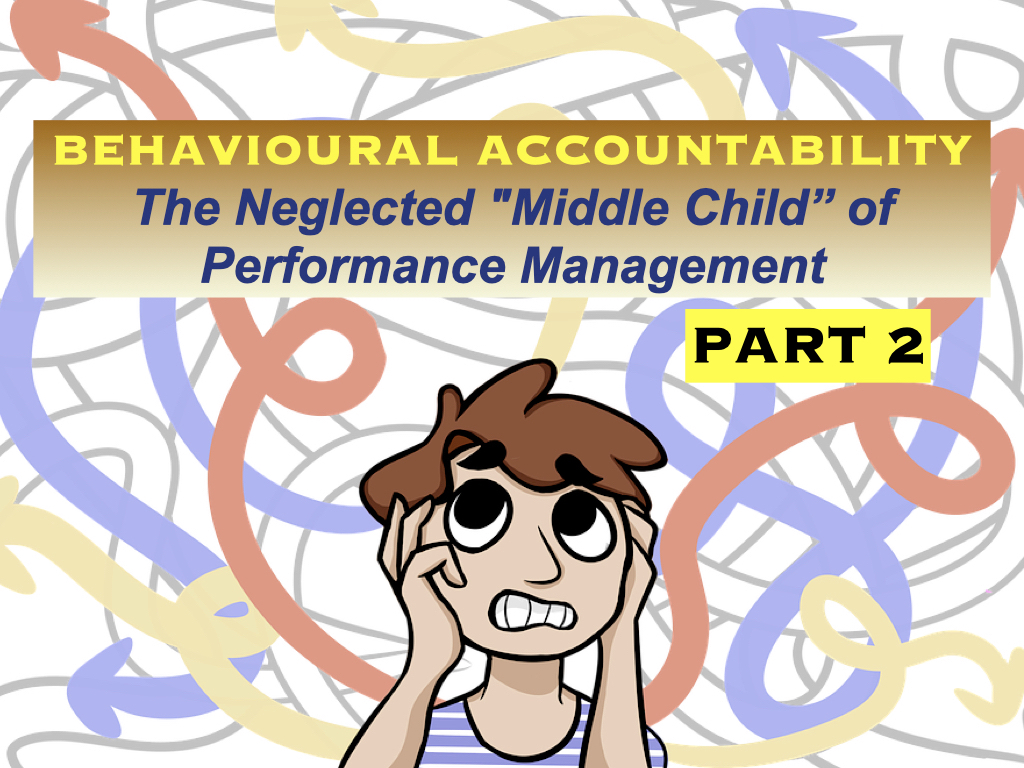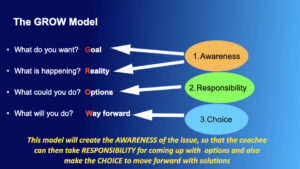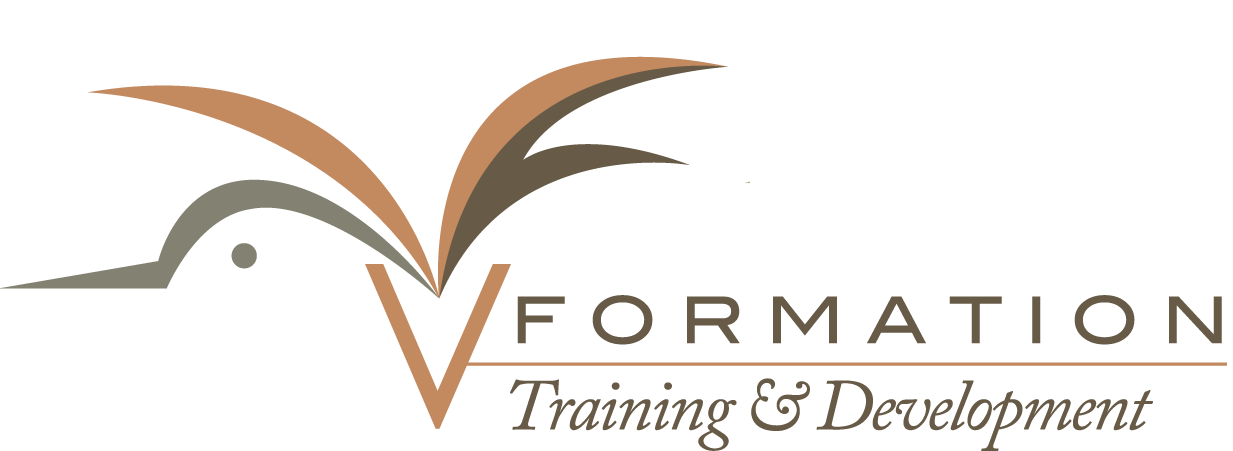
Blog
BEHAVIOURAL ACCOUNTABILITY: The Neglected “Middle Child” of Performance Management (PART 2)
By Tony Ragoonanan
Recently, I saw what I perceived to be an insignificant story online about a v ehicle owner in Ontario, Canada who had to endure a $19,000 engine replacement for his vehicle because he neglected oil changes. After seeing the story, I thought; “Why is this even in the news? Maybe it was a slow news day! I mean, isn’t it obvious that this would eventually happen if you don’t change your oil?”
ehicle owner in Ontario, Canada who had to endure a $19,000 engine replacement for his vehicle because he neglected oil changes. After seeing the story, I thought; “Why is this even in the news? Maybe it was a slow news day! I mean, isn’t it obvious that this would eventually happen if you don’t change your oil?”
But I guess that’s the point with this scenario. Some things are obvious, yet ignored.
Not an uncommon problem, however, my trivialization of the story and the value that this vehicle owner placed on oil changes prompted me to make a comparison to the value that some business leaders place on the performance-enhancing conversations that can positively influence the behaviour of employees.
I guess no one was around to manage the vehicle owner’s attention to detail (behaviour)!!
In part 1 of this article, I focused on the importance of defining expected behaviours in the workplace, how they fit into the performance management process and some of the key conversations that support the development and maintenance of the defined behaviours.
In case you haven’t read it, you can access it here:
BEHAVIOURAL ACCOUNTABILITY: The Neglected “Middle Child” of Performance Management (PART 1)
For Part 2, I would like to expand on these key conversations and explore how to get the most from them.
Every relationship falls apart without conversations and without the four types of conversations that I am about to explore, productivity could be at risk as well. This alone will tell you how important they are and why they should be never be ignored.
“Everything good in life— a great business, a great romance, a powerful social movement— begins with a conversation”
– Daniel Pink
The following four types of conversations help to support and manage the behaviours you have defined (From PART 1) as well as overall productivity. In fact, they are crucial components of the performance management process.
So, let’s get right into it with the…
1. THE EXPECTATIONS CONVERSATION
The expectations conversation is the conversation that a leader will have with each individual on their team at the beginning of the financial year. This conversation will provide the context for what needs to be achieved. The goal is to ensure that there is clarity with WHAT needs to be achieved and HOW it should be done. This means that the discussion will involve goals as well as competencies and their corresponding behaviours.
Remember that a competency (From PART 1) is an observable and measurable pattern of knowledge, skills, abilities that an individual needs to perform work roles successfully. A competency also has a behavioural component and represents what a defined competency looks like “in action.” It is also crucial that these are aligned with the organization’s values.
Remember that this is a DISCUSSION, meaning that it must have input from both leader and employee.
For this conversation, the leader must have a plan – don’t go into this meeting unprepared. Leaders should ask themselves key questions: What is the personality of this individual? How will he/she react? What objections will they have? How can I inspire this person?
Here are additional tips to remember about this conversation:
- The leader must be authentic (genuine) and must not sound rehearsed.
- Always leave room for the employee to respond.
- The location -Where are you having this conversation? It’s sometimes better that the leader avoids a position that shows superiority. It may be a good idea to choose a location that will align with the informal mood of the conversation unless you are online.
Please keep in mind that the purpose of this conversation, in addition to establishing clarity, is to increase trust and to send the message to the employee that you are on their side as a leader.
Here is a possible model that can be used for this conversation:
- Describe the situation – This can include a summary of performance from the previous year and the plan for progress in the current year (A “Big Picture” view)
- Confirm understanding – Ensure that the employee understands and has the opportunity to seek clarity
- Share expectations – Communicate goals and expected behaviours
- Seek agreement – Get an agreement and commitment from the employee but also make sure that the employee can question and clarify the information
- Create a plan – Define the next steps and how you are going to maintain accountability. How will the employee know that they are on the right track?
Another dimension of the Expectations Conversation is the conversation with the team. In addition to team goals, a discussion on how everyone will work together to create both synergy and productivity is necessary. Keep in mind that many may still work in a hybrid environment and are not physically together so how collaboration will happen is also going to be an important topic for discussion.
2. PERFORMANCE CONVERSATIONS
As I explained in Part 1 of this article, the performance conversations will include the formal appraisal but it is not necessarily limited to only one conversation at the end of the financial year.
Just like the official appraisal, there can and should be planned quarterly conversations to check:
- Results compared to expectations
- Demonstration of competencies/behaviours
- Successes and areas of development
This is also a two-way conversation that can also include feedback, both positive and negative, to the individual as well as the team. The purpose is to enhance performance by making improvements throughout the year. The employee must always be given a chance to respond.
A point to note is that conversations like these may have an element of defensiveness if we have not been vigilant in the leader/employee relationship over time. What was the nature of the relationship? Was trust built? With this in mind, it may be a good idea to keep the mood of this conversation informal and remember the focus should be on developing the employee and your desire for their well-being.
Even though feedback is given outside of the performance conversations, it is often given during these conversations as well.
Characteristics of feedback are as follows:
- It is given in the moment
- It is focused on past behavior
- It is evaluative
- It is “Telling” oriented
According to Daniel Coyle, author of “The Culture Code – The Secrets of Highly Successful Groups” feedback must send the message that:
- You are part of this group.
- This group is special; we have high standards here.
- I believe you can reach those standards.
Here is an example of both positive and negative feedback:
Positive Feedback
“Great work on your last report Lisa. The graphs you included were right on target. They created the impact we were looking for! Your hard work will be a significant contribution to our team’s target for this quarter. Keep up the great work!!”
Negative Feedback
“David, your presentations aren’t as clear as I know they could be. They are a bit confusing to the rest of the team. Use bulleted lists and a bit more visual aids to make ideas easier to grasp. This way, we can all be clearer.”
Even though feedback seems pretty simple, they do come with certain challenges. The challenge with positive feedback is that many leaders simply don’t give it. With negative feedback, even when it’s given, it’s not given the right way. When negative feedback is given, it should be given in a way that lets the employee know that “I am still on your side.”
As a side note, getting feedback about yourself as a leader is usually a good idea as well. “What can I do to be a better boss?” This can play a major role in developing trust.
3. WELL-BEING CONVERSATIONS
There is more to performance than just getting work done. Employees should feel that leaders care. Well-being conversations help leaders to get a “feel” for how the individuals on their team are doing. These conversations tend not to be as structured as expectations or performance conversations but are still very important and with the global pandemic that continues to affect many of us, it may be a good idea to look at these conversations as being mandatory.
Here are some possible questions leaders can ask the individuals on their team:
For mental health and wellbeing:
- How would you rate your mental well-being right now (On a scale of 1-10)?
- Does the organization support you in balancing your work and home responsibilities effectively?
If people are working from home:
- Do you have the tools you need to work effectively from home?
- Has working from home affected your productivity?
These questions not only increase trust but can also increase levels of psychological safety where people feel comfortable expressing how they feel on a more regular basis.
4. COACHING
All leaders need to coach their employees. Coaching is a specific sequence of structured conversations used to help an individual to change their behavior or attitude.
It aims to build awareness, responsibility, and choice. In other words, it explores the opportunity for an individual to increase awareness of their challenge, take responsibility for coming up with options, and make the choice to change. A key reminder here is the person to be coached must be a willing participant.
Some characteristics of coaching are as follows:
- It is focused on future behavior
- It is developmental
- It is inquiry-oriented (based on questioning)
- It focuses on one challenge at a time
- It involves a series of conversations over time
Figure 1
A commonly used model is the GROW model (Figure 1). 
Here are some examples of questions to help you along:
Goal
- What would you like to focus on today?
- What’s important to you at the moment?
- What new skills do you want to learn or develop?
Reality
- What is working well at the moment?
- What do you need?
- What challenges are you facing at the moment?
Options
- What action step is the best use of your time at this moment?
- What strengths can you use to move forward?
- Whatever your first step is, can you think of anything that might stop you from doing it?
Way Forward
- On a scale of 1 to 10, how motivated are you to achieve your goal?
- What will it take to get that motivation closer to a 10?
- How do you want to be held accountable for this goal?
- What steps are you going to take this week?
Remember that the coach only asks the questions, the employee being coached makes the choices and final decisions.
In Conclusion
It is probably fair to describe these conversations as the nucleus of performance management. It is, however, the responsibility of leaders in the organization to initiate these conversations and to manage them well in order to ensure alignment between behaviors and goals. It can make a difference to the success in achieving both short and long-term goals.
By the way, do you have an oil change coming up?
____________________________________________________________________
Tony  Ragoonanan is the Founder of V-Formation Training & Development. As a Trainer and Performance Management Specialist, he helps individuals, teams and businesses to align behaviours and goals, create the right organizational culture and maximize capability. Outside of this, it’s all about family, football and fitness!!
Ragoonanan is the Founder of V-Formation Training & Development. As a Trainer and Performance Management Specialist, he helps individuals, teams and businesses to align behaviours and goals, create the right organizational culture and maximize capability. Outside of this, it’s all about family, football and fitness!!
868-681-3492 | tonyr0909@gmail.com




Leave a reply